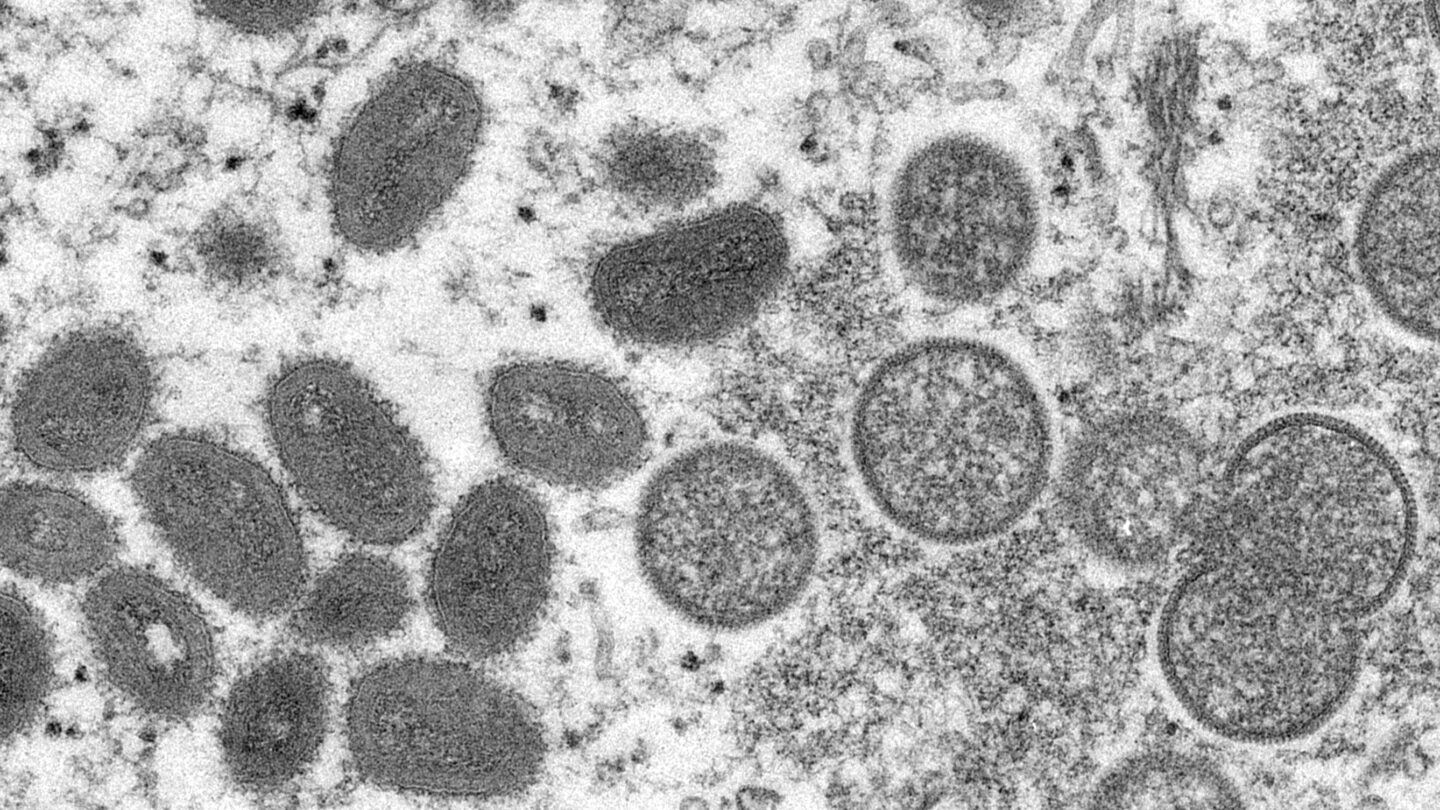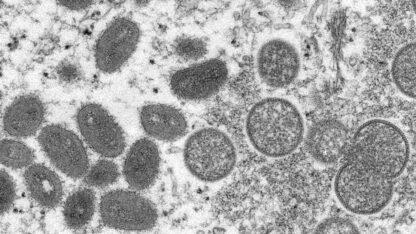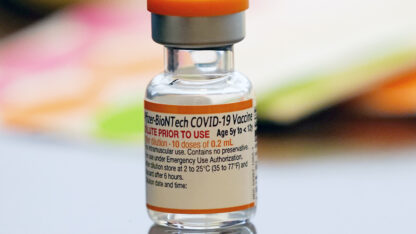Genetic analysis of recent monkeypox cases suggests there are two distinct strains in the U.S., health officials said Friday, raising the possibility that the virus has been circulating undetected for some time.
Many of the U.S. cases were caused by the same strain as recent cases in Europe, but a few samples show a different strain, federal health officials said. Each strain had been seen in U.S. cases last year, before the recent international outbreak was identified.
Analysis from many more patients will be needed to determine how long monkeypox has been circulating in the U.S. and elsewhere, said Jennifer McQuiston of the Centers for Disease Control and Prevention.
“I think it’s certainly possible that there could have been monkeypox cases in the United States that went under the radar previously, but not to any great degree,” she told reporters Friday.
Monkeypox typically begins with a flu-like illness and swelling of the lymph nodes, followed by a rash on the face and body. The disease is endemic in parts of Africa, where people have been infected through bites from rodents or small animals. It does not usually spread easily among people.








